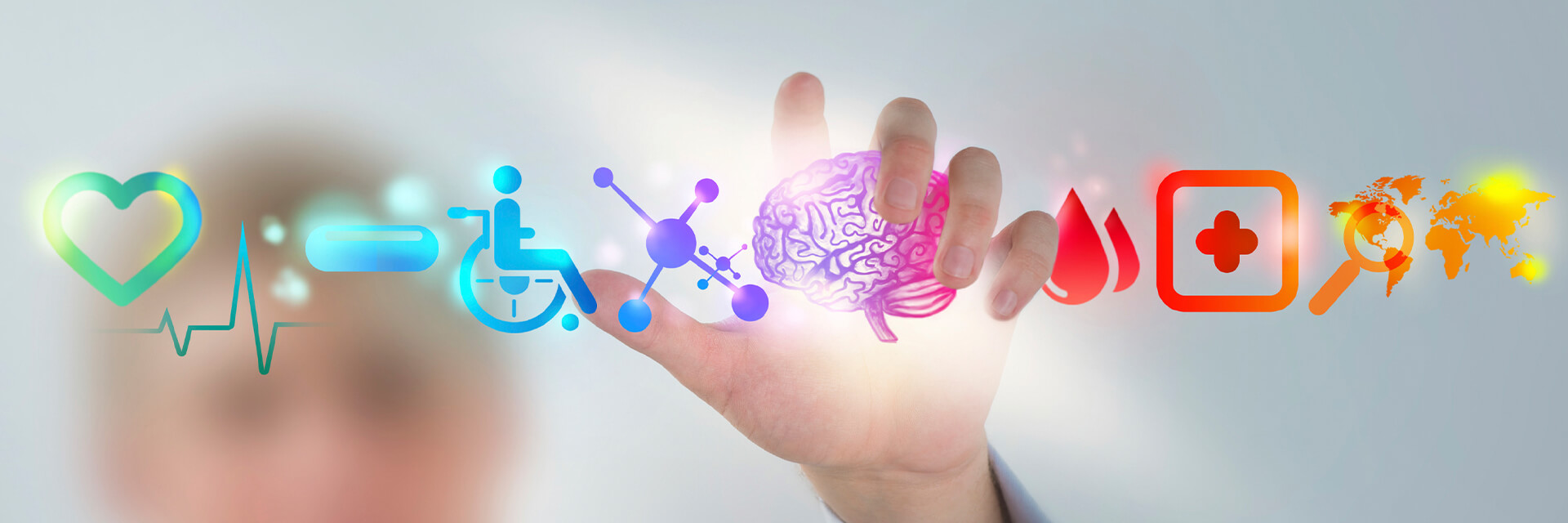
5 Ways Health Care Organizations Are Turning New SAFER Guides Attestation Requirements into a Competitive Advantage
- Published
- Aug 12, 2022
- Topics
- Share
At the start of the 2022 fiscal year, the Centers for Medicare & Medicaid Services (“CMS”) announced various initiatives encouraging the safe adoption, implementation, and optimization of certified Electronic Health Record (“EHR”) technology. As part of this, organizations are required to attest to an annual self-assessment of the SAFER Guides, which involves completing a nine-part checklist of practices and policies that promote EHR safety.
Now more than halfway through the year, many Medicare-eligible hospitals are diving into their self-assessments and answering “yes” or “no” to their attestation. While there are no penalties this year for answering no, the CMS has not made any statements about future enforcement penalties of the rule.
With this new regulation, many providers are not only taking a closer look at how they are leveraging technology to increase patient safety, but where they can position EHR optimization as a selling point in a consumer-driven health care market. Here, we’ll cover five ways health care providers are leveraging their SAFER Guides self-attestation as a competitive business advantage in their market.
Increasing EHR Systems Security in an Era of Cybercrime
One of the biggest risks health care providers currently face is increasing cyber-attacks on patient data. According to a recent study conducted by IBM, data breaches continue to be the costliest among all industries for the 12th year in a row.
Clinical data is a more lucrative target for hackers compared to other personal data. According to Experian, online medical records are sold on the dark web oftentimes for up to $1,000, compared to social security numbers, which sell for as little as $1 each. To account for this increased risk, many providers have doubled down on their commitment to the safe storage and security of patient records.
Well-optimized EHR systems offer advanced clinical data encryption and security services to protect your patients against fraud and hackers. According to Recommended Practice 1.4 of the Organizational Responsibilities Guide, continued training programs for staff, from education on the threats of phishing and ransomware, to basic password safety and file management, help create a culture of security from the ground up.
Maximizing Reimbursements and Reducing Costs
A well-optimized EHR system is just as important to business operations as it is effective and timely patient care. For revenue generation, platforms can be arranged to automatically document visits, process payments, and submit claims. This helps accelerate cash flow and prevent missed revenue.
When it comes to cost savings, implementing recommended best practices for EHR safety, like those found in the SAFER Guides, enables health care organizations to reduce the premiums they pay for malpractice insurance.
Additionally, relying on paper for recordkeeping and patient intake increases office supply costs and the time needed for data entry. Almost all EHR systems can be optimized to move to a paperless office, which is a much greener and more cost-effective alternative.
Implementing New Integrations and Services
Routinely marketed to hospitals and health care organizations as a service rather than a product, EHR platforms are routinely issued new updates to help them remain up to standard for efficiency and security. Along with these updates, EHR providers consistently roll out new integrations with other products, enabling organizations to customize their platforms to fit their own unique needs.
These integrated programs or applications can offer the flexibility to increase revenue, offer new types of security, or augment their patient experience. Some examples of integrated programs are billing systems, CRM systems, patient portals, analytics providers, and advanced security vendors.
It’s important to remember that as part of Recommended Practice 1.6 of the System Interfaces SAFER Guide when implementing any new integration or modification to your system, whether internal or external facing, proper testing is required on all ends. These tests should include real-world scenarios including appointment scheduling, patient admission, prescription and lab orders, data entry, report results, and medicine administration.
Improving Health Outcomes and Patient Experiences
Between the rise in value-based care and patients becoming increasingly empowered as consumers, it’s important to think about the kind of experience your patient has along their entire journey. An EHR system can be leveraged to create a smoother and more concise patient experience throughout multiple touchpoints of their lifecycle.
For example, speed is more important than ever. Leveraging EHR systems to expedite check-ins or automate follow-up communications enable providers to make the most out of both staff and patient time.
Refining Workflows for the Future
Health care has earned a reputation as one of the most stressful industries in the country. With this stress comes a heightened risk of burnout and increased error for staff members. One way health care organizations are mitigating this challenge with EHR optimization is by leveraging automation and workflows to take over some of the more monotonous tasks employees see day to day.
Automation can help reduce the administrative burden of managing messages, scheduling appointments, checking patients in and out, assigning rooms, or renewing scripts.
While most systems come with templates for many standard practices, some go as far as to leverage artificial intelligence to automatically identify and eliminate existing bottlenecks.
With so many questions about the future compliance enforcement of the SAFER attestation requirements, many health care providers are contemplating the best strategy for handling new attestation requirements. While implementing the SAFER Guides as a roadmap to improve patient safety may seem onerous at first, organizations will be able to harness the compliance process and yield business benefits and efficiencies in the long term.
Is your organization ready to attest to the SAFER Guides?
What's on Your Mind?
Start a conversation with Arvind
Receive the latest business insights, analysis, and perspectives from EisnerAmper professionals.












